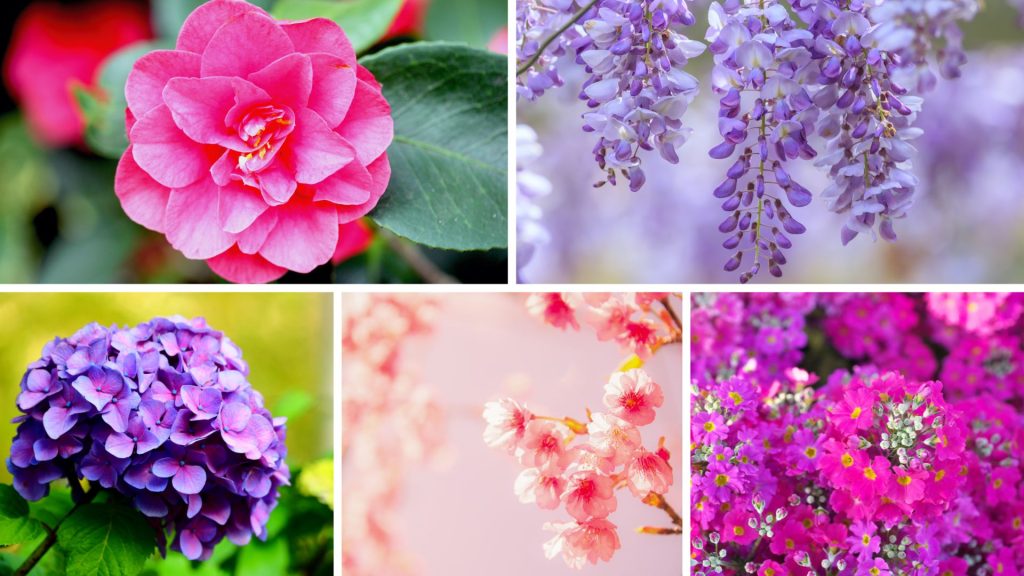Each of us has strong associations with some flowers. But in Japan, the language of flowers has a special meaning. It’s no secret that for Japan, such beautiful flowers as Sakura and chrysanthemum are national symbols. The beauty of these flowers can evoke strong emotions. The tradition of contemplating the beauty of nature has taken root in the Japanese mind and has become an integral part of the culture of this country. In addition to the national symbols of chrysanthemum and cherry blossom, the Japanese endow many other flowers with special meaning and significance. In this country, flowers are usually given to both women and men. Such a gift is often used to express what cannot be said in words.
The Japanese have a special term for the language of flowers: Hanakotoba. “Hana” means “flo flower wer” in Japanese.
These days, this art is gradually fading away, and many Japanese do not even know about the traditional meaning of the flowers they buy and give. However, the Hanakotoba language is frequently used in floristry. A kind of play on words in a floral manner.
Japanese Flowers and Their Meanings
Camellia
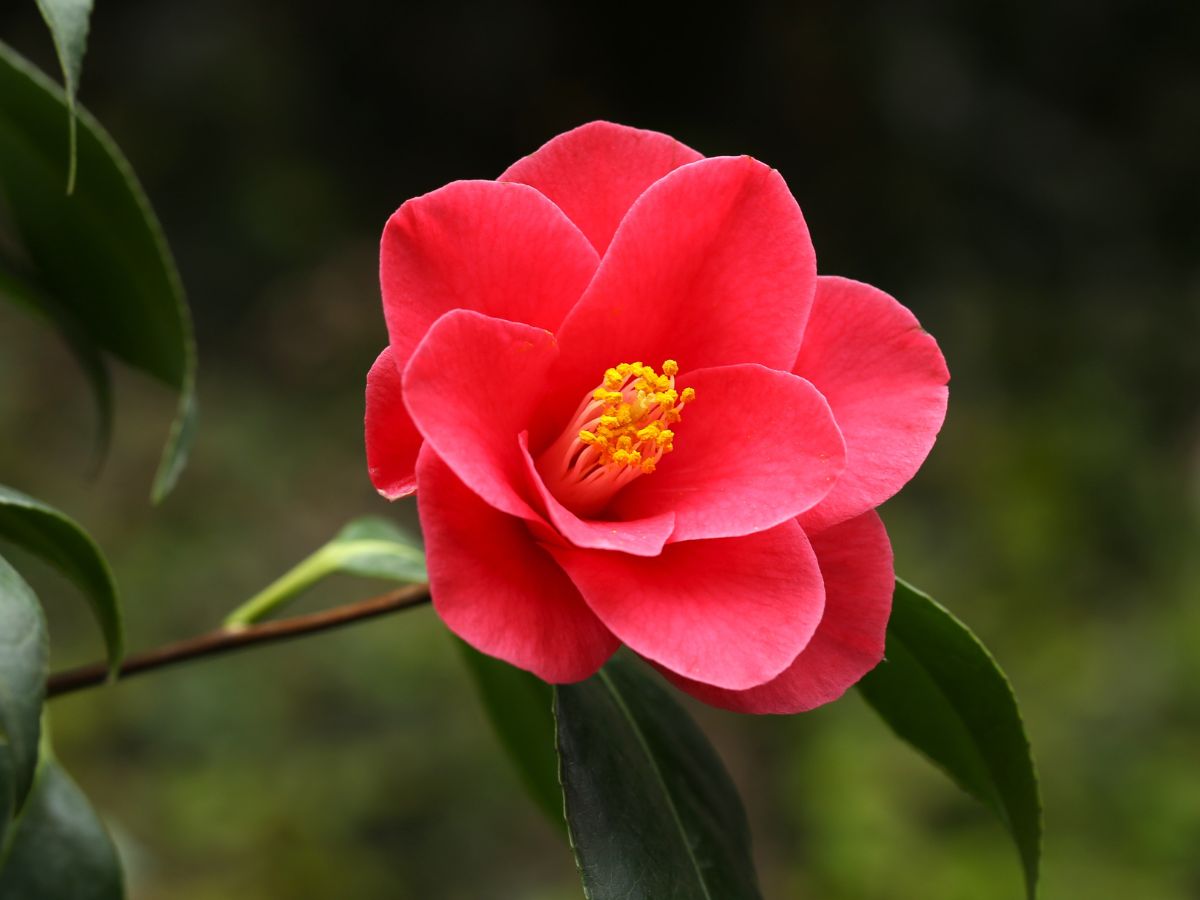
In Japanese, this flower is known as Tsubaki. Camellia means beauty that cannot be resisted. Among the samurai, it symbolizes a dignified death. The red camellia is a Japanese symbol for love, while the white phi flower symbolizes life and longevity.
But if you want to give phi flowers to a Japanese person, then it should be done carefully. They can be negative flowers for the sick or injured, because when they dry up, their buds fall off, akin to beheading.
Chrysanthemum
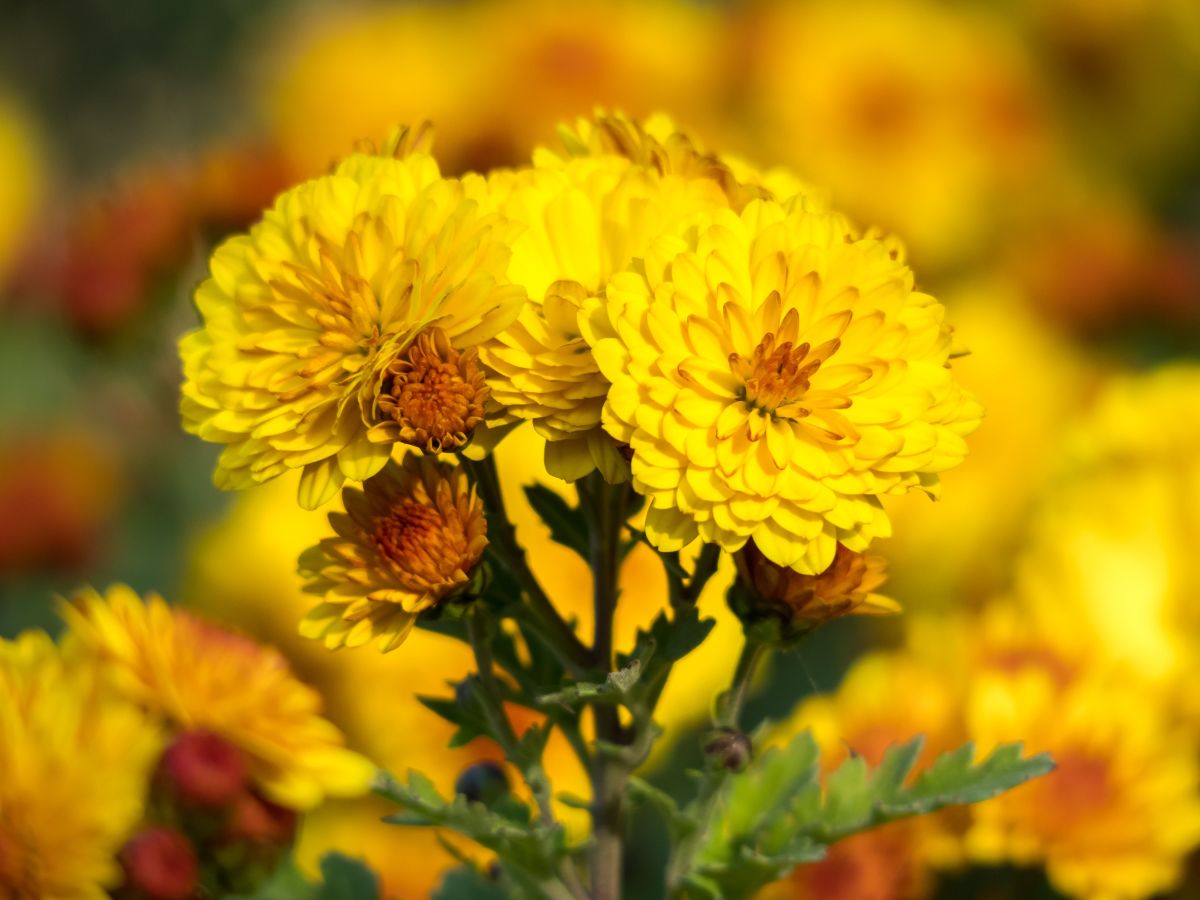
Chrysanthemums, or mums for short, are known as Kiku in Japanese. They can often be seen in the form of various patterns and motifs (for example, on kimonos.) Chrysanthemum flower means nobility: for centuries, chrysanthemums have served as a symbol of the imperial house. But white Kiku symbolizes inner purity, sadness, and truth, they are often used at funerals.
Hydrangea
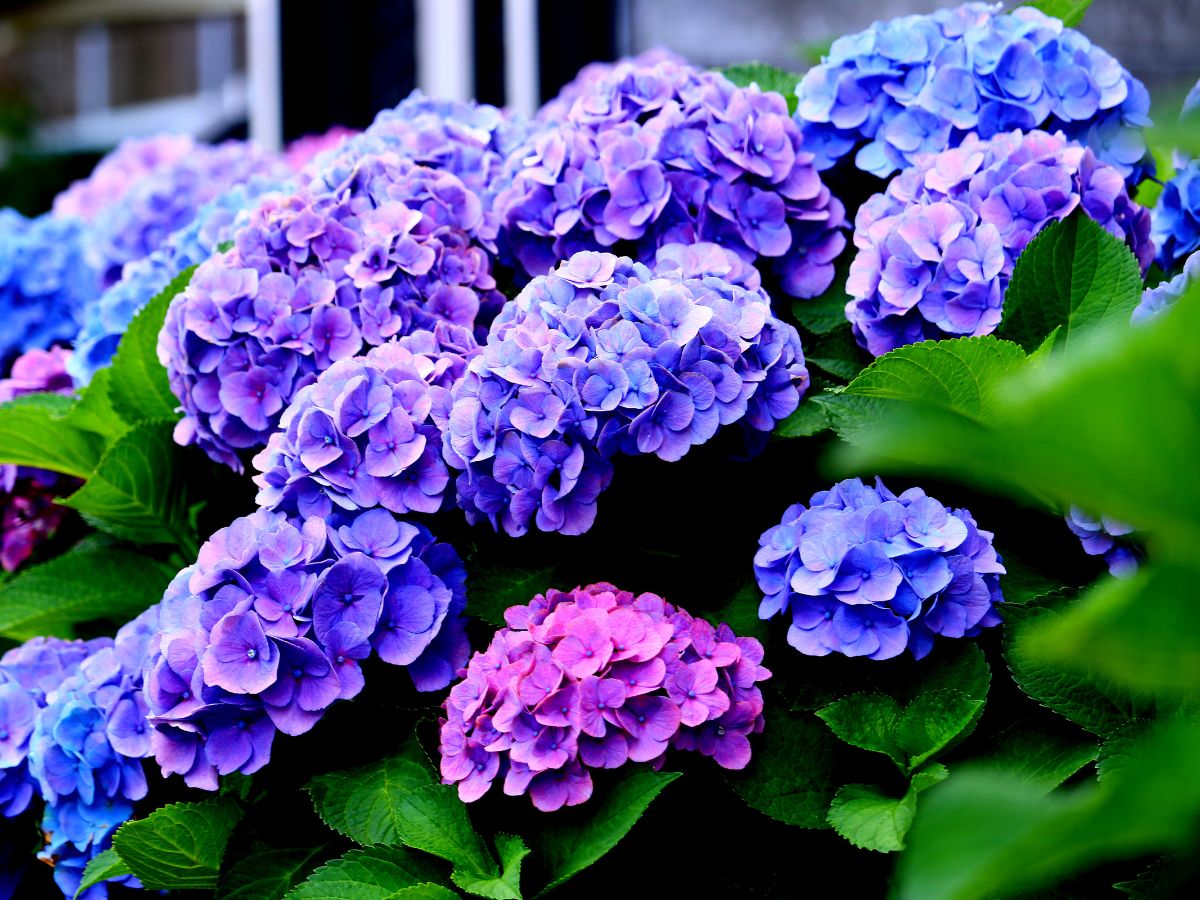
The next popular flower is hydrangea, which is known as ajisai. It is a type of flowering plant native to South and East Asia. The greatest species diversity is found in East Asia, especially in Japan. So what does this flower symbolize? Pink flowers symbolize sincere emotions, pride, and self-esteem. And blue ones symbolize heartlessness and coldness.
Sunflower
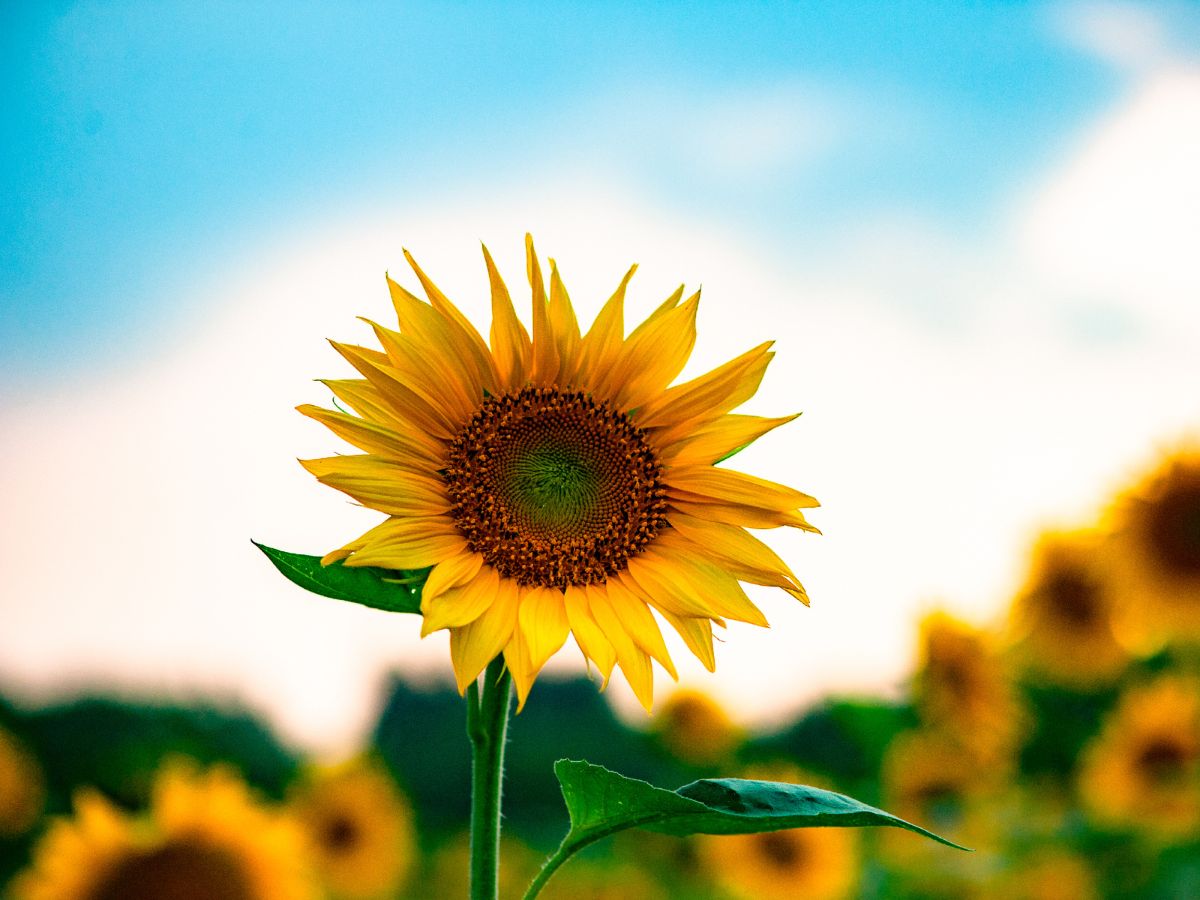
The Japanese name for this flower is Himawari. The yellow color in Japan is associated with the end of summer, personifying the life-giving forces of the elements. It also embodies the idea of ”center”, poise, and order. Yellow flowers are given to wish good and prosperity.
If you are planning to present sunflowers as a gift, then remember about the number of flowers! This is because the meaning changes depending on how many sunflowers you give.
Three sunflowers = Declaration of love.
Seven sunflowers = Secret love.
Eleven sunflowers = True love.
One hundred eight sunflowers = Marry me.
Wisteria

The Japanese name Fuji is a genus of deciduous lianas. They grow naturally in China, Korea, and Japan, as well as in the southeastern regions of the United States. The most famous is Japanese wisteria. Liana can climb up to 20 meters, twisting around the trunk of a supporting tree or artificial support. Wisteria blooms in spring or the first half of summer (depending on the species).
Inflorescences of fragrant flowers of purple, white, pink, blue can be up to 1 meter in length. Today, wisteria is often used in landscaping. In the past, wisteria flowers were associated with royalty, as ordinary people were not allowed to wear purple. In Japan, wisteria means fragility, refinement, tenderness, and purity.
Daffodil
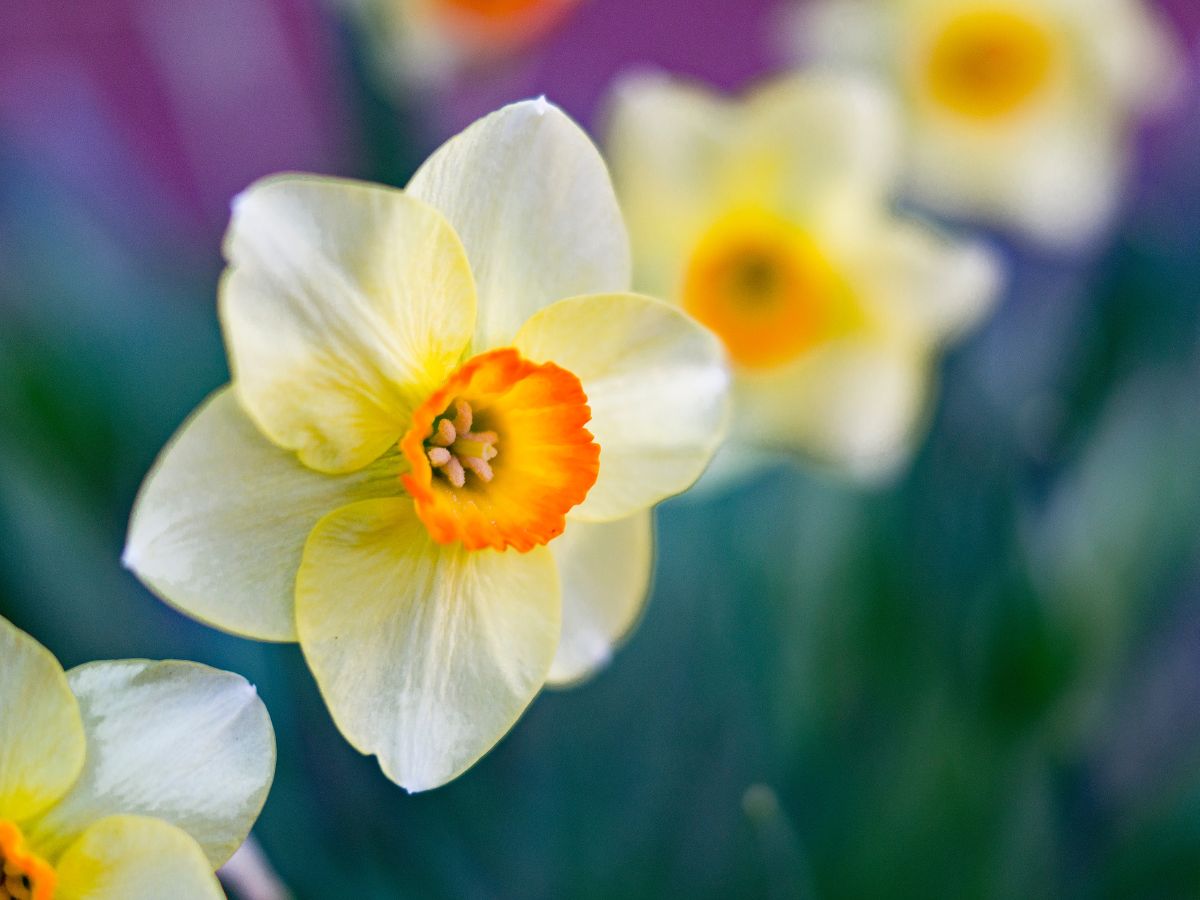
Daffodils are native to Europe and North Africa. They came to Japan 700 years ago and now grow wild in some areas of the country. They bloom from late December to February. It is customary to give them to teachers, older relatives, and public figures. In the language of flowers, daffodils symbolize respect and reverence. But it also has other meanings. For example, this flower is also a Japanese symbol for truth, reincarnation, and forgiveness.
Iris
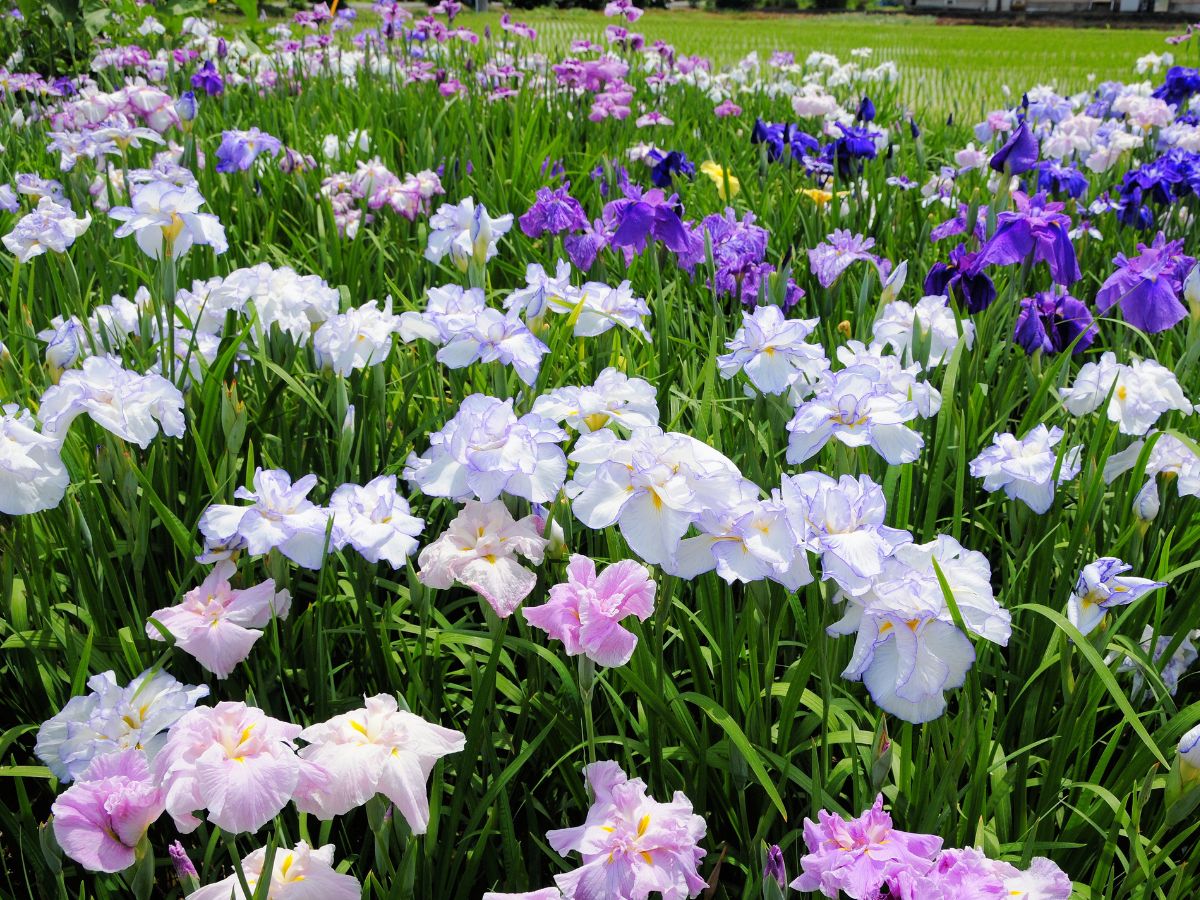
This flower is especially revered in Japan. Many customs and rituals are associated with it. For example, in the Middle Ages, officials wore wigs made from iris leaves, and children used bundles of irises as a whip and competed to see who could hit the loudest. Crushed leaves were added to sake: this is how a ritual drink was obtained. The Japanese believe that a necklace with iris leaves prevents colds and cleanses from sins. Until now, iris flowers are used to decorate hairstyles, outfits, household items, and interiors. Iris is a samurai flower that symbolizes fortitude and also good news.
Sakura
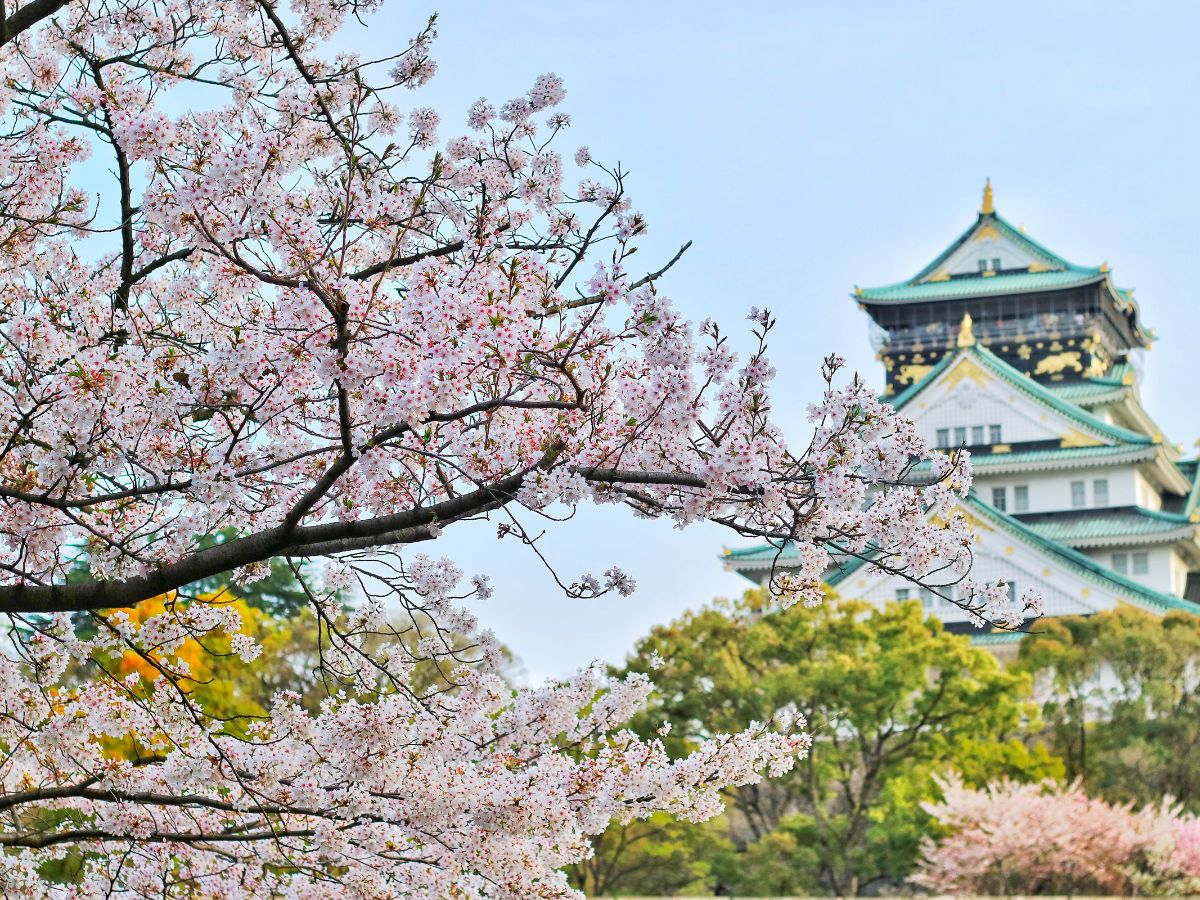
Among the main features of the national character of the Japanese, one of the central places belongs to the pursuit of beauty and grace. That is why the Japanese treat sakura with such trepidation and tenderness. In Japan, sakura means transience, the fleetingness of human life, which passes as quickly as these 10 days, during which Japanese cherry trees are covered with delicate flowers, exuding an amazing aroma. Sakura flowers also represent rebirth and the beginning of a new life.
Orchid

Orchid symbolism comes from Buddhism. It is a plant that grows in the stinking mud of swamps and still gives a pure white color, so it symbolizes the transition from evil to good. It was also customary to give this exotic flower to the one to whom you felt great affection, since the orchid symbolizes love. And in ancient Japan, it was a symbol of wealth.
Red Spider Lily or Tokyo Ghoul Flower
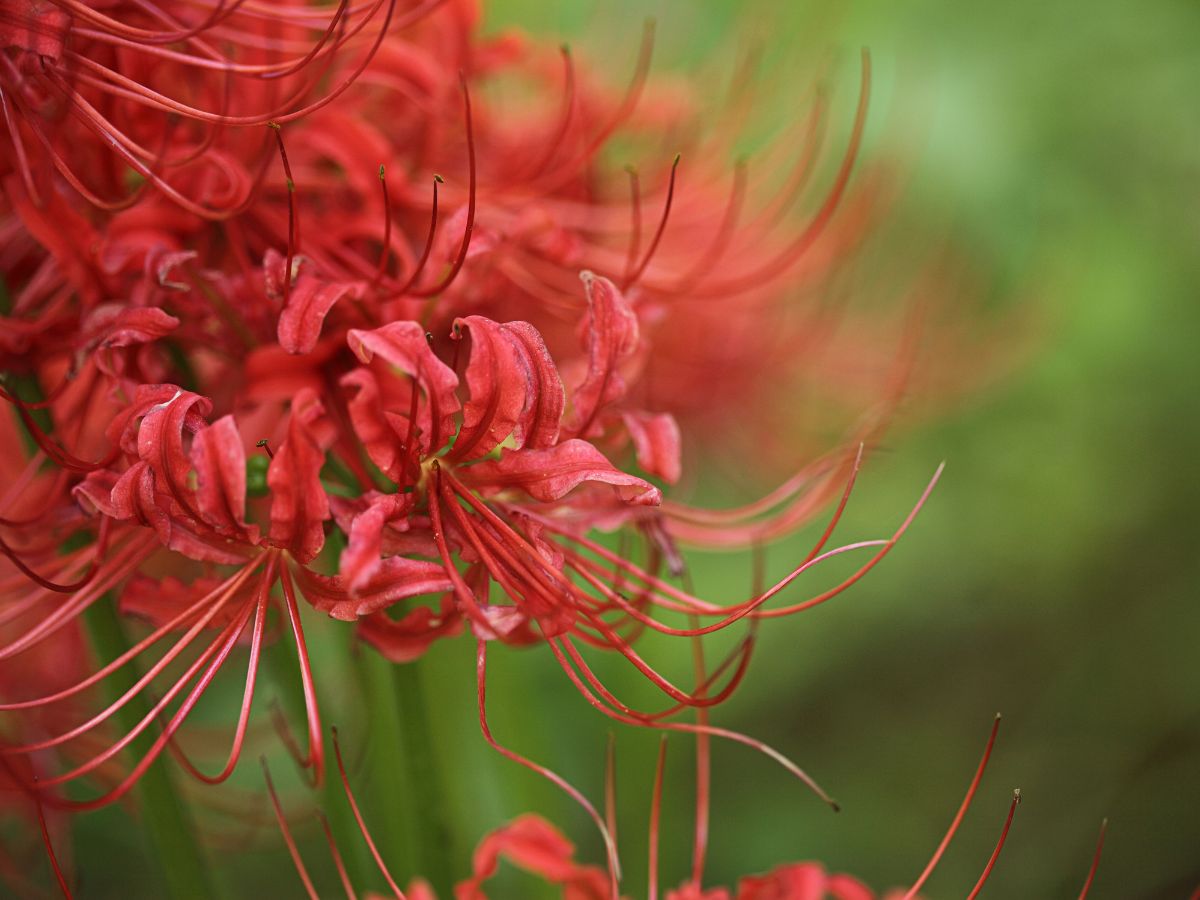
Higanbana is a beautiful and showy lily of fiery red color, with steeply curled petals and long stamens. It is considered a flower of death and sorrow, shrouded in many legends. Red spider lily means last goodbyes and, as says the legend, these flowers grow wherever people leave forever. A large bouquet of such flowers is associated with fire. These vibrant flowers are native to almost all of Asia and are often used at funerals. But they can also be used for decorative purposes without any concept.
Primula sieboldii
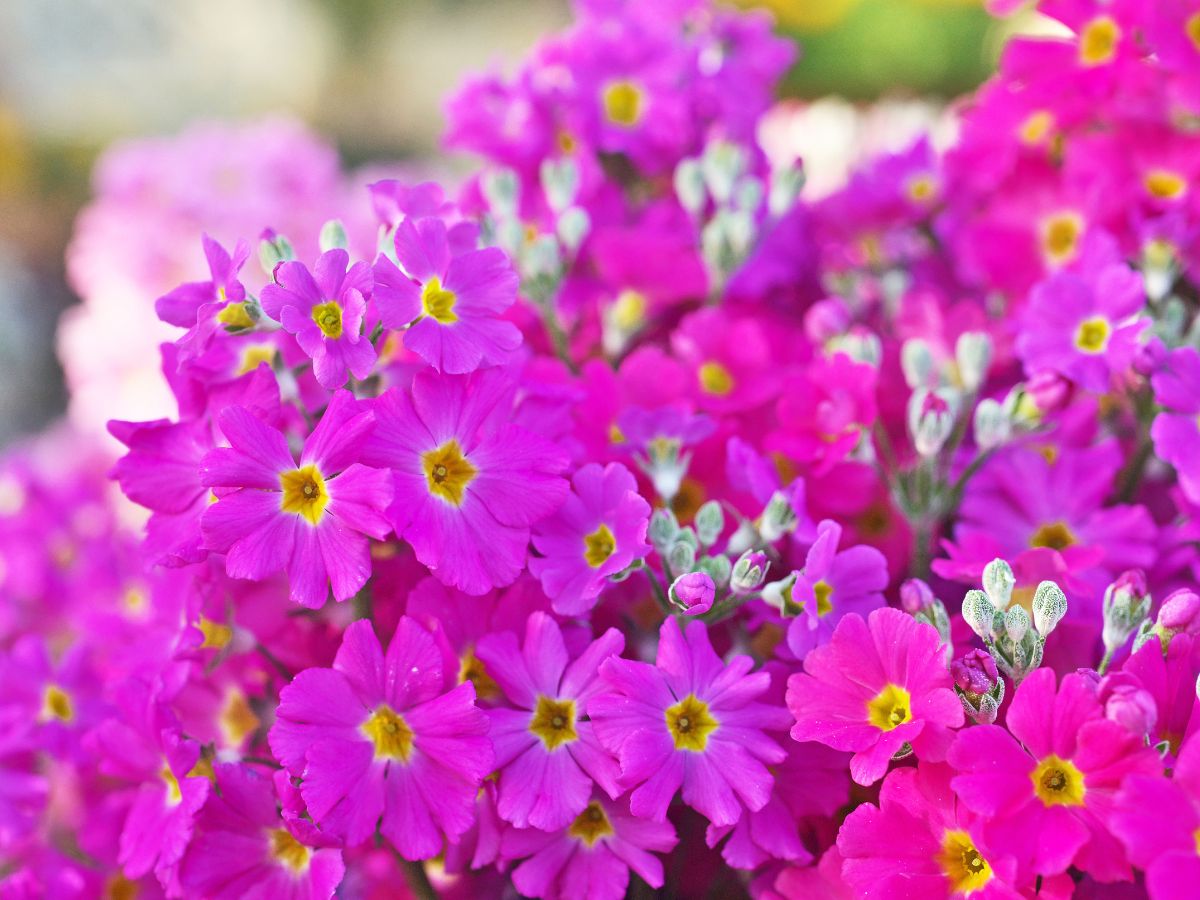
Sakurasou is widely known as the Japanese primrose, and its purple flowers, according to Hanakotoba, symbolize long-term love. The plant got its name because of the resemblance of a flower to Sakura. The five-petalled purple daisy-like flowers bloom profusely in the spring.
Plum Blossom
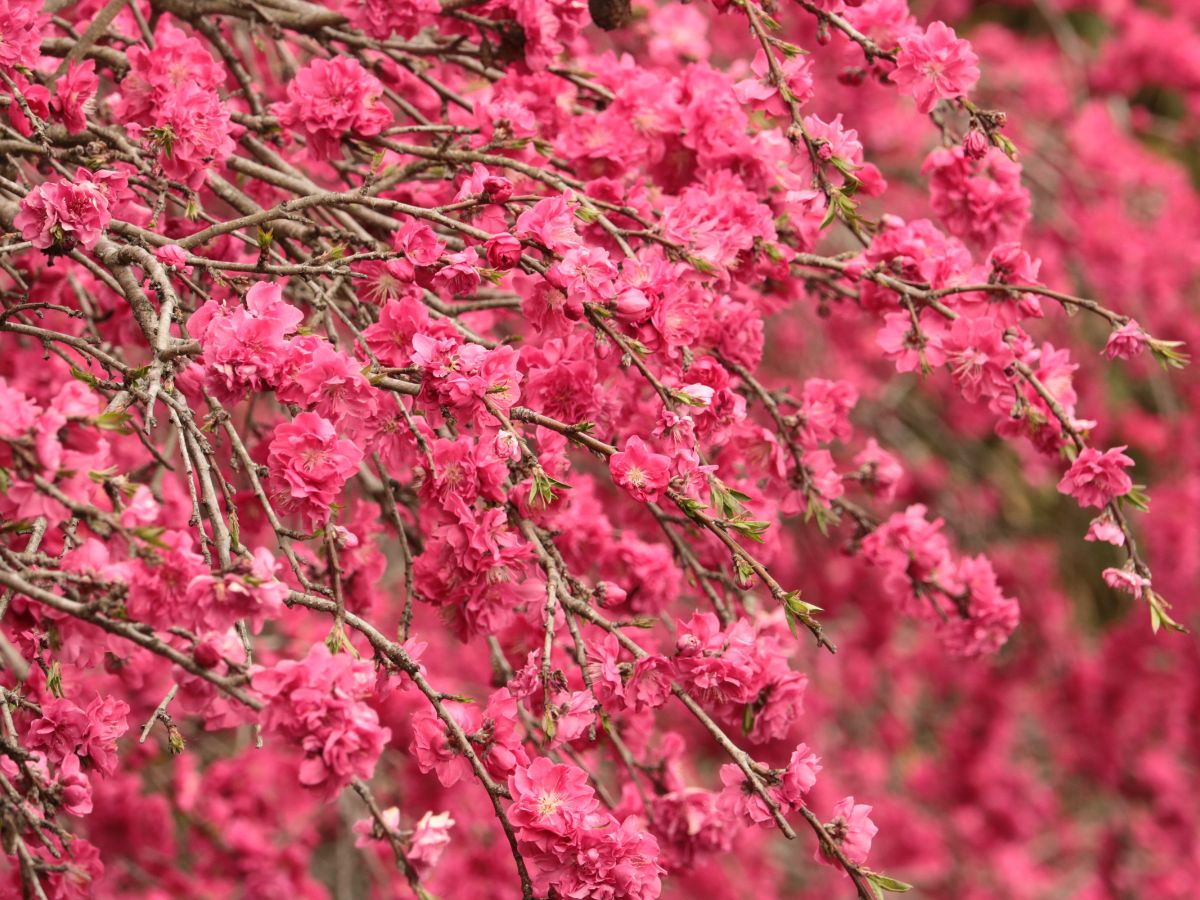
Chinese plum or ume is native to China. But outwardly, the fruits are similar to apricots, so this plum is also often called the Japanese apricot. According to the ancient Hanakotoba, the flowers of this plant indicated elegance and fidelity. They usually bloom in the spring, just before the cherry blossoms.
Gardenia
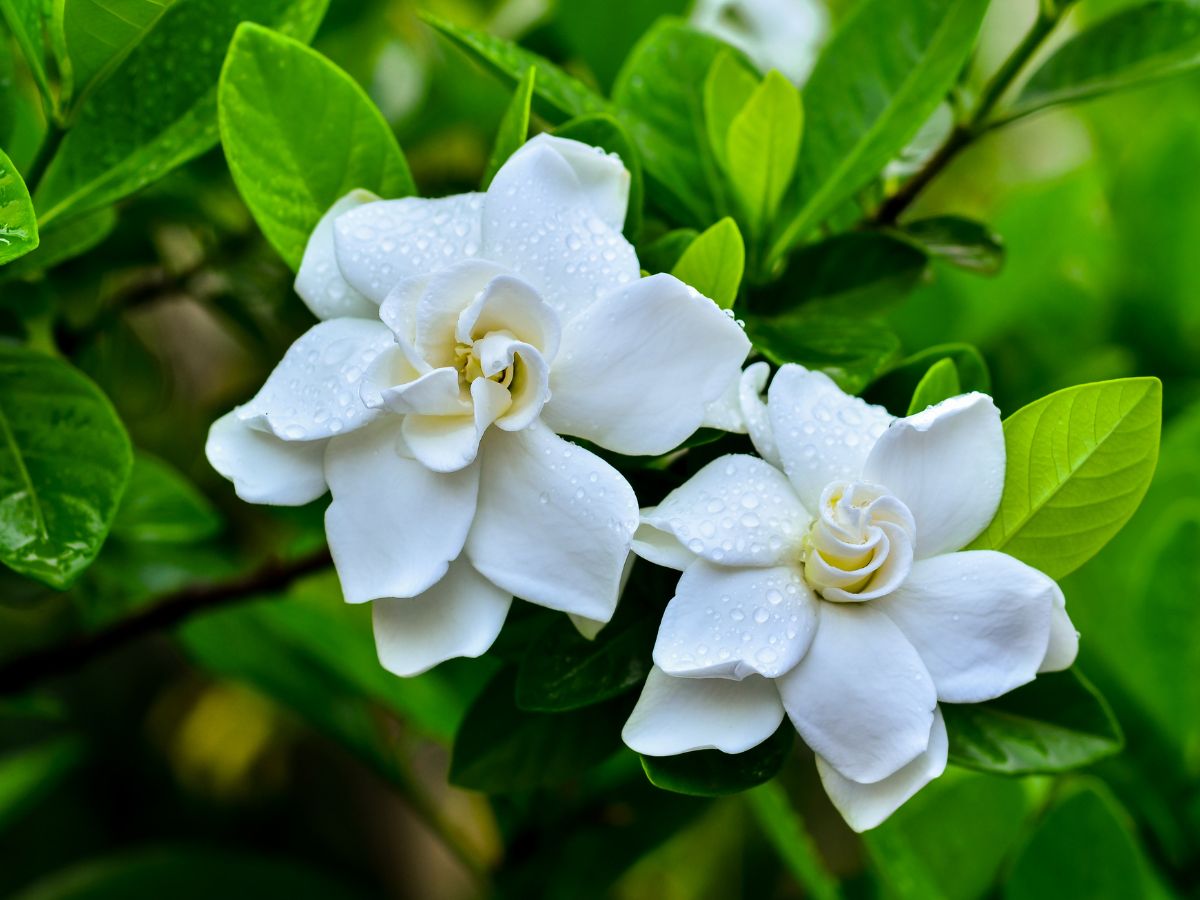
Gardenia among the Japanese means a secret passion. And the Chinese see in it the femininity, grace, aristocratic fragility. Often this beautiful flower is also associated with family, purity, and gentleness.
Peony
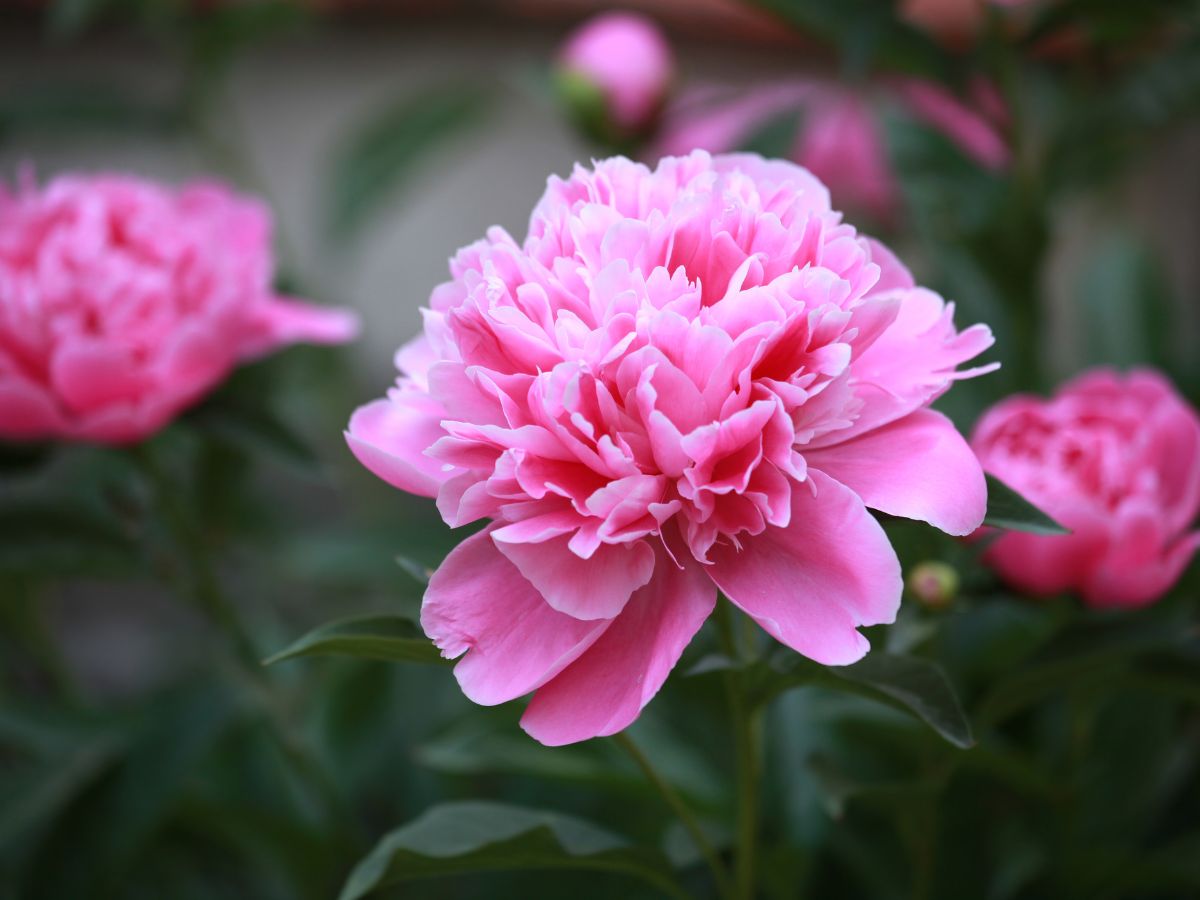
Today, peonies can be found almost everywhere. It is considered the king of flowers because of its delicate and majestic appearance. Unlike many of the other flowers we have mentioned, this flower has no negative meaning. It carries the meanings of respect and wealth, so it is a win-win for any occasion.
Roses
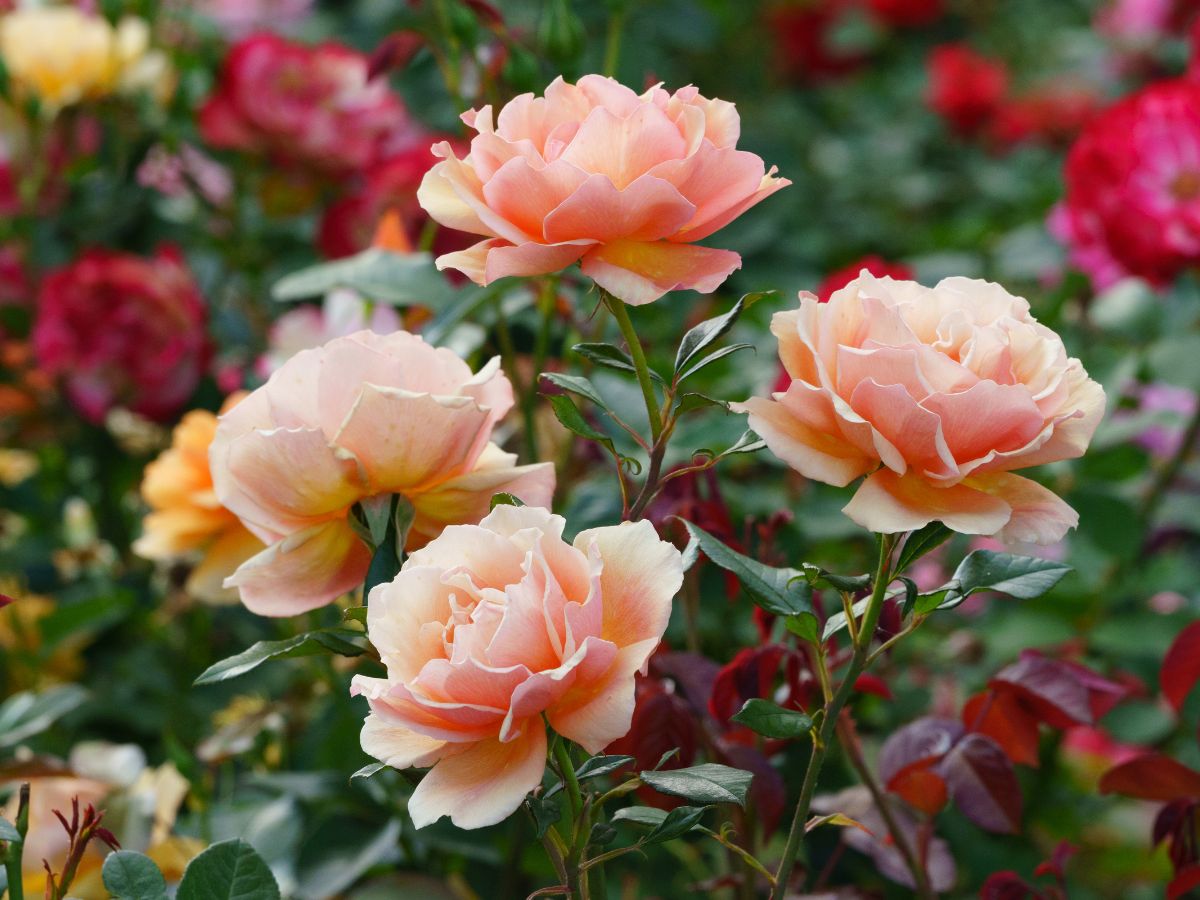
Rose bushes are common in Japanese gardens and are a fairly popular flower gift when someone wants to express their deepest feelings. As in many cultures, red roses (akaibara) signify love and deep affection in Hanakotoba. The white rose symbolizes devotion and innocence. You should be more careful with yellow roses, as they can mean jealousy. But a gift of pink roses can express your feelings for someone without any romantic connection.
We’ve told you about the most popular flowers and their meanings in Japan. Although today, Hanakotoba is less known and hardly practiced outside of Japan, it is still deeply rooted in Japanese culture. Knowing the meanings of flowers would not only help you not to offend anyone while in Japan, but you would also better understand the local culture and traditions. This is a great opportunity to talk about your feelings and desires in a bouquet format if you are embarrassed to say it directly or want to make the confession effective.


